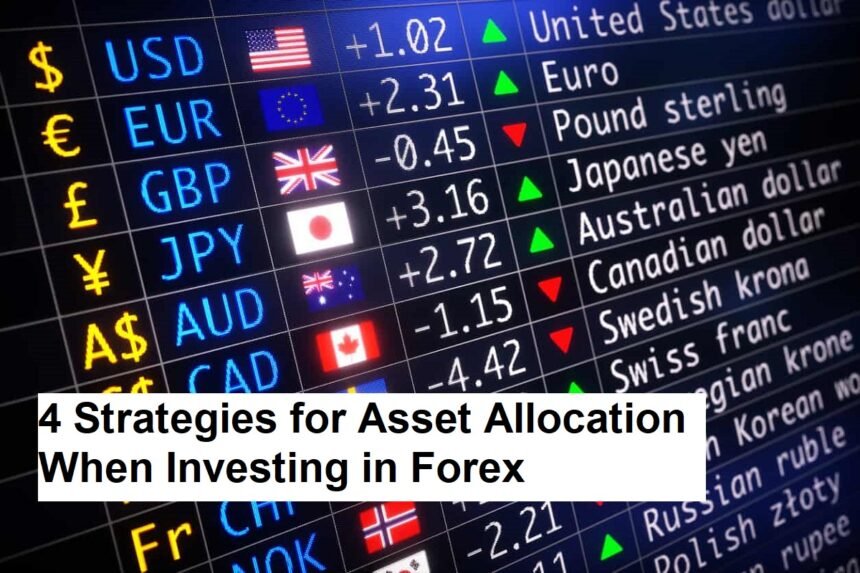Introduction
Investing in the forex market offers a thrilling opportunity to grow your wealth, but it also comes with unique risks that require careful asset allocation. For both novice and experienced investors, knowing how to distribute investments across different assets is the cornerstone of long-term financial health. Here are four thoughtful strategies you can use to build a balanced and effective forex investment portfolio.
1. Diversify Across Currency Pairs
Relying on a single currency pair can expose you to unnecessary risk. The forex market contains major, minor, and exotic pairs, each influenced by different economic and geopolitical events. By allocating your funds across several currency pairs—such as EUR/USD, USD/JPY, and GBP/AUD—you can reduce your vulnerability to the volatility of any one market. Diversity smooths out your returns and provides buffers in turbulent economic times. Remember, the aim is not to chase all pairs, but to select a handful that match your expertise and risk tolerance.
2. Set Risk Limits and Position Sizes
Establish strict risk management rules before executing any trade. Many seasoned investors follow the 1-2% rule: never risk more than 1-2% of your total capital on a single position. By allocating only a small portion of your funds per trade, you protect yourself from catastrophic losses that can wipe out months of gains. Asset allocation here means balancing between aggressive profit opportunities and the need for capital preservation. Use stop-loss orders to automate risk control and recalculate your allocation as your account growths or shrinks.
3. Mix Liquid and Less Liquid Assets
Forex is known for its high liquidity, but different pairs and financial instruments have varying degrees of trade activity. Consider balancing your portfolio between highly liquid forex pairs—which typically have tighter spreads and lower transaction costs—and less liquid pairs or even related instruments like forex ETFs or options. Less liquid assets can provide higher returns, but they often carry elevated risk and are harder to exit quickly. A thoughtful blend ensures you can access your money when needed while still chasing optimal growth.
4. Review and Adjust Regularly
The forex landscape can change extremely fast due to global events, shifting policies, or even market sentiment. Regularly reviewing your asset allocation lets you respond to new opportunities or reduce exposure to looming risks. Set a schedule—weekly, monthly, or quarterly, depending on your trading style—to analyze your portfolio’s performance. Be willing to rebalance: if a particular asset class becomes too dominant due to successful trades, shift capital to maintain your desired mix. Flexibility and discipline go hand-in-hand when managing allocations.
Embracing Strategy for Sustainable Returns
Asset allocation in forex is less about finding a secret combination and more about making consistent, informed decisions that support your financial goals. By diversifying across pairs, limiting risk, mixing liquidity, and adjusting regularly, you give yourself a better shot at consistent profits and lower stress levels. No single approach guarantees fortune, but a well-structured allocation strategy is your shield against the ever-shifting tides of the forex market. Operate with patience, keep learning, and you’ll discover that effective asset allocation is just as important as picking the perfect trade.












